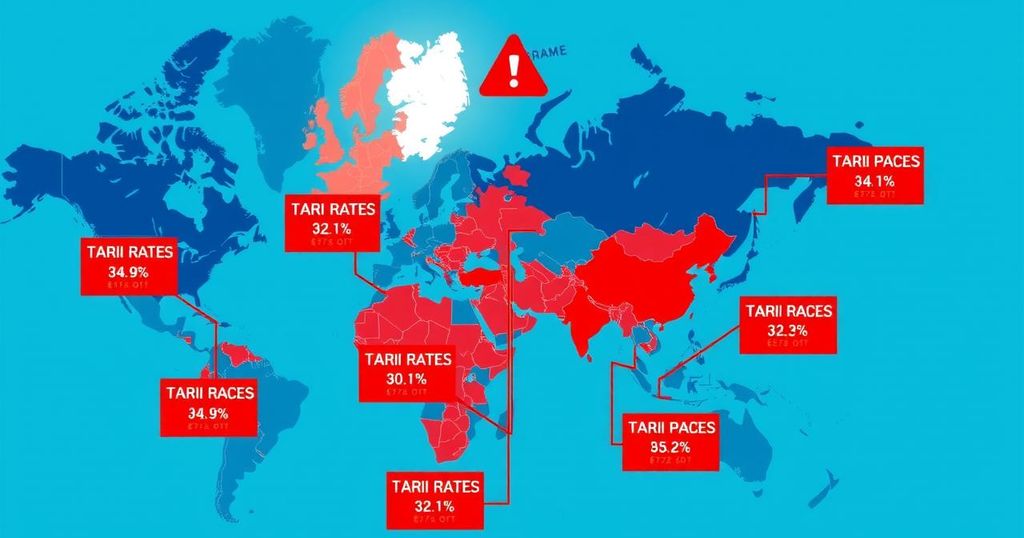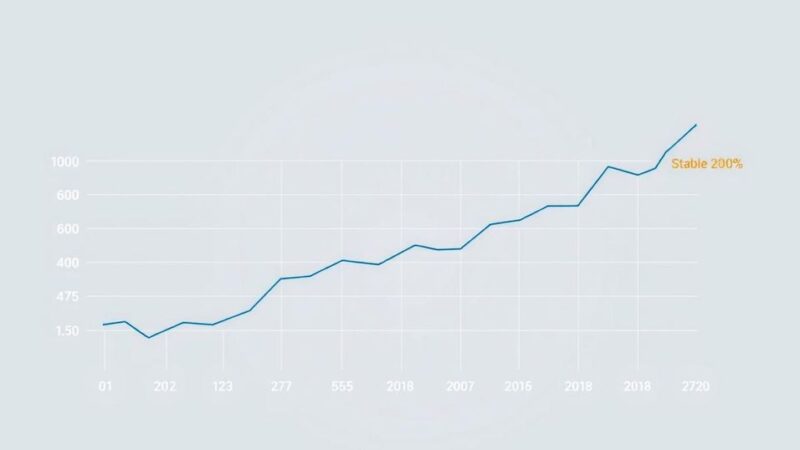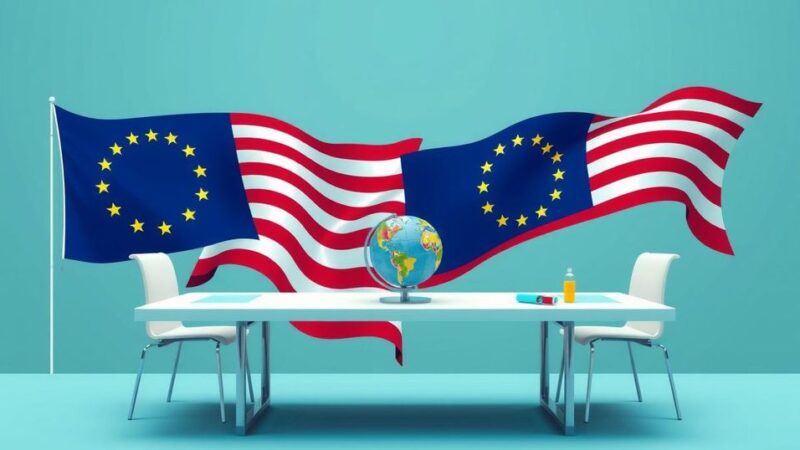- Philippines faces an increased tariff rate of 20 percent beginning August 1.
- South Korea’s tariff remains at 25 percent, unchanged since April.
- Canada’s tariff rate jumps from 25 to 35 percent amid ongoing talks.
Philippines Faces Increased Tariff Rate Starting August
Key exports to the US: Electronics and machinery, clothing and gold are already a significant part of the relationship between the Philippines and the United States. Starting Aug. 1, the Philippines will see a tariff rate of 20 percent, a slight increase from the previous 17 percent announced in April. This small adjustment comes amidst ongoing trade negotiations and considerations about the economic dependency on exports, especially with major goods being targeted at American consumers.
South Korea Gears Up for Trade Negotiations
Moving to other affected countries, South Korea will also experience a tariff rate of 25 percent effective from Aug. 1. This rate remains unchanged from the previous announcement back in April and applies to critical sectors, especially vehicles and electronics. The South Korean Trade Ministry is pressing ahead with negotiations, aiming to secure a deal before this new tax kicks in, as anything else could potentially hamper their exporters’ competitiveness in the US market.
Canada Seeks Trade Resolution by Deadline
In the case of Canada, the new tariff has jumped to 35 percent from an earlier 25 percent. This increase principally stems from issues regarding compliance with the North American trade agreement. Prime Minister Mark Carney has expressed optimism for reaching a trade resolution by the looming deadline of Aug. 1, signaling a willingness to engage in dialogue to ease tensions and ensure the continued flow of Canadian exports, which include oil and automobiles, to the US.
As trade dynamics shift with impending tariffs, various nations are adjusting their strategies to maintain competitiveness. The looming deadline of Aug. 1 sees countries like the Philippines and South Korea actively engaged in negotiations. With President Trump’s tariffs, the overall mood within these nations is cautious, yet determined to find solutions that work in their favor.






